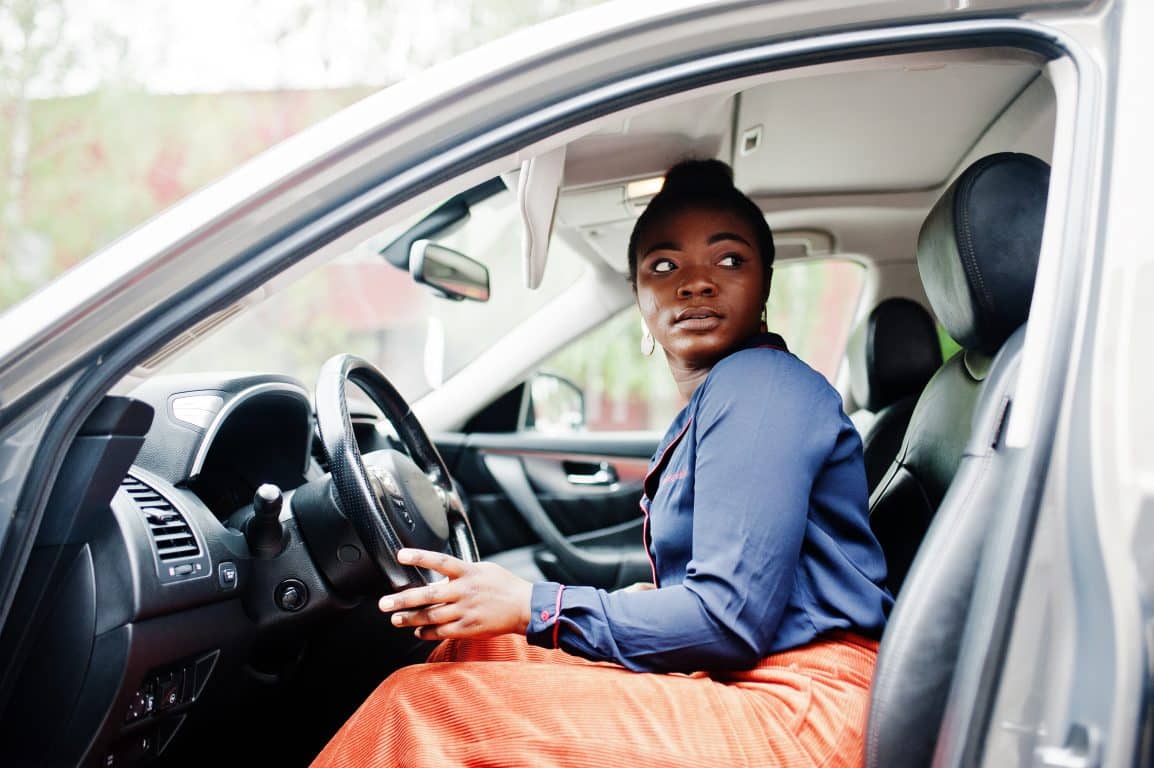Driving is a rite of passage, providing a sense of independence and empowerment. However, for girls who take the wheel, safety considerations extend beyond simple traffic rules. Being aware of potential risks and knowing how to respond to them can make all the difference in ensuring a safe journey. Let’s explore some essential safety tips.
Driving Safety: The Basics
Driving safety starts with the basics. Buckling up should be second nature, yet it’s surprising how many injuries occur due to neglecting this simple step. Always wear your seatbelt, and ensure that everyone in the vehicle does the same. It’s not just a legal requirement; it’s a life-saving habit.
Respecting traffic laws is another cornerstone of safe driving. From following speed limits to obeying traffic signals, following these rules helps maintain order on the roads and reduces the risk of car accidents. Remember, it’s not just about getting to your destination quickly – it’s about arriving there safely.
Distractions behind the wheel are dangerous, especially in today’s hyper-connected world. Texting, scrolling through social media, or even changing the music playlist can divert your attention from the road. Make a conscious effort to keep distractions at bay and focus solely on driving.
Maintaining a safe following distance is crucial, especially in heavy traffic or bad weather conditions. Keeping a buffer zone between your vehicle and the one in front allows for enough reaction time in case of sudden stops or emergencies.
Staying alert and aware of your surroundings is probably the most critical aspect of safe driving. Pay attention to road signs, other vehicles, pedestrians, and potential hazards. Anticipate what other drivers might do and be prepared to react accordingly.
Safety Considerations For Girls
Imagine you’re driving down a quiet, dimly lit street when you notice someone flagging you down for help. While your instinct may be to assist, it’s essential that you prioritize your safety. If you’re alone, particularly in secluded areas, it’s advisable to exercise caution. Instead of stopping immediately, consider driving to a well-lit or populated area before assessing the situation. If someone needs help, you can call for assistance from the safety of your locked vehicle.
Hitchhiking may seem like a relic of the past, but the risks associated with picking up strangers remain relevant today. Regardless of how genuine someone’s plea for a ride may sound, it’s safer to decline. Your personal safety should never be compromised for the sake of politeness or altruism.
Car trouble can strike at any time, leaving you vulnerable on the side of the road. In such situations, it’s crucial to prioritize your safety above all else. If your vehicle breaks down, pull over to a safe location, stay inside the car, and lock the doors. Avoid accepting help from strangers, especially if you’re alone and in a less populated area. Instead, call a trusted friend, family member, or roadside assistance service for help.
Additional Safety Measures
Planning your route before embarking on a journey can help you avoid getting lost and minimize the risk of encountering unsafe areas. Familiarize yourself with alternative routes and have a backup plan in case of unexpected road closures or traffic jams.
Make sure that your phone is fully charged before hitting the road, and keep emergency contacts readily accessible. Having a charged phone enables you to call for help in case of emergencies, while emergency contacts can expedite the response time of first responders or roadside assistance services.
Consider taking a self-defense course to equip yourself with the skills and confidence to handle potentially dangerous situations. While the hope is never to find yourself in such scenarios, being prepared can make all the difference in ensuring your safety.
You should also exercise caution when using ride-sharing services, especially when traveling alone at night. Ask the driver to verify their identity and match it with the information provided in the app before getting into the vehicle. If the driver’s name or license plate doesn’t match the information in the app, do not get in the car. Once you get into a verified driver’s car, share your trip details with a trusted friend or family member and stay vigilant throughout the journey. Don’t worry about being polite; if you ever feel unsafe, find a safe time to exit the vehicle.
Safety should always be the top priority for those who drive. By following these safety tips and remaining vigilant on the road, you can navigate the highways and byways with confidence and peace of mind. Remember, your safety is in your hands, so take proactive measures to protect yourself and others while behind the wheel. Drive safely!

